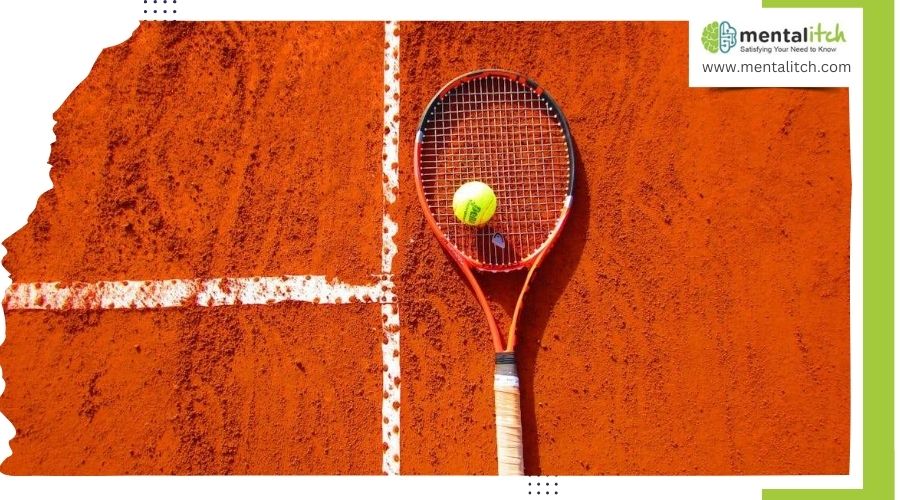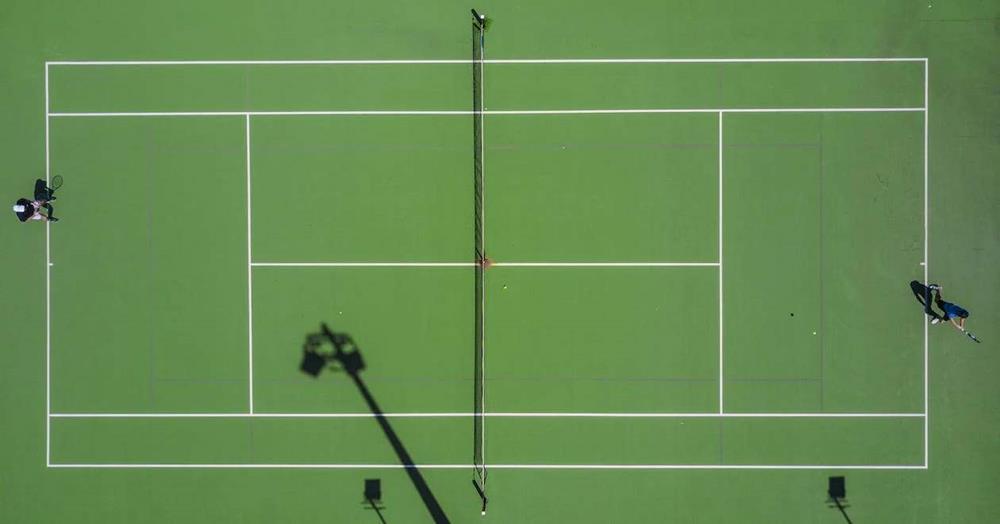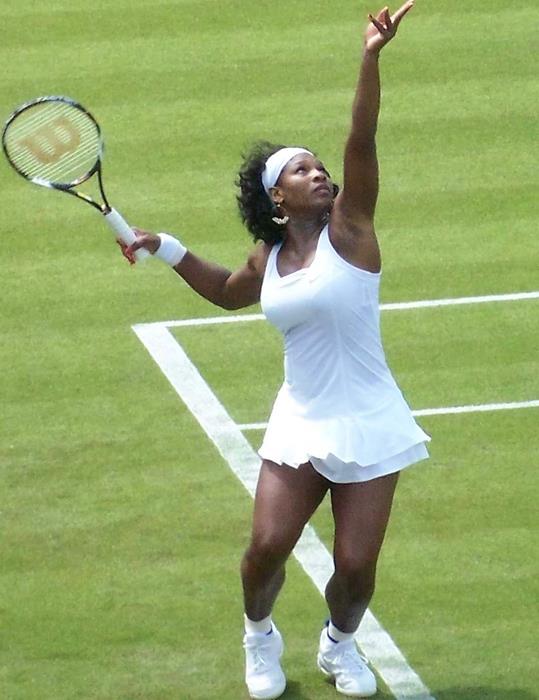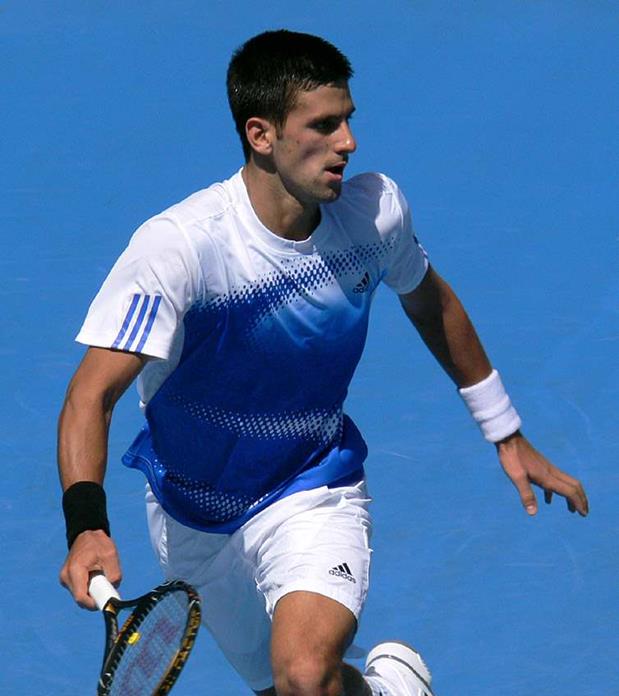In the competitive realm of tennis, achieving a Grand Slam stands as the ultimate goal for any player. This illustrious title is awarded to those who win all four major championships—the Australian Open, the French Open, Wimbledon, and the US Open—in a single calendar year. Each tournament presents its own set of challenges, from varying surfaces to the distinct atmosphere and history of the venues, making the feat a true testament to a player’s skill, endurance, and versatility.
Winning a single Grand Slam tournament is an impressive achievement in itself, but securing all four in succession elevates a player to legendary status. This article looks at why clinching a Grand Slam is considered one of the highest accomplishments in tennis, reflecting on its impact on players’ careers and its significance in the sport’s rich legacy.
What Exactly is the Grand Slam?
At its core, the Grand Slam refers to winning all four of the sport’s most prestigious tournaments within a single calendar year. These tournaments are the Australian Open, the French Open, Wimbledon, and the US Open. Each event is held annually in different corners of the globe, presenting unique challenges to the athletes, from the fast hard courts of the US and Australian Opens to the clay courts of the French Open and the grass courts of Wimbledon.
Winning a Grand Slam is an extraordinary display of skill, endurance, and versatility, showcasing a player’s ability to conquer varied surfaces and a grueling competition schedule. The rarity of this achievement is a testament to its difficulty; only a select few in the history of tennis have managed to hold all four titles simultaneously.
Moreover, each tournament within the Grand Slam has its own rich history and tradition, adding layers of prestige to the accomplishment. The Australian Open, known for its hard courts and extreme heat, tests the players’ endurance and adaptability. The French Open’s clay courts demand exceptional precision and strategic play. Wimbledon, the oldest tennis tournament in the world, is celebrated for its grass courts and strict adherence to tradition, including a dress code of all-white for the players. Lastly, the US Open, which is played on hard courts, is famed for its high energy and dynamic atmosphere.
Together, these four tournaments form the cornerstone of the tennis season, offering a stage for the sport’s most thrilling confrontations and unforgettable moments.
The Tournaments of the Grand Slam
The Grand Slam tournaments represent the zenith of achievement in professional tennis, each event cherished for its unique history, challenges, and atmosphere. These four tournaments—the Australian Open, the French Open, Wimbledon, and the US Open—are the most coveted titles in tennis, drawing the world’s best players to compete on the sport’s grandest stages. Here’s a closer look at each of these illustrious tournaments.
Australian Open
The Australian Open serves as the kickoff to the Grand Slam calendar, traditionally held in the last two weeks of January. It is renowned for its blue Plexicushion courts and extreme summer temperatures, often testing players’ physical stamina and mental toughness. This tournament, hosted in Melbourne Park, draws fans from all over the world, eager to witness the first major showdown of the year among tennis elites.
Notably, the Australian Open has a history of setting trends, such as being the first Grand Slam tournament to feature indoor play during extreme weather, thanks to its retractable roofs. This feature ensures that play can continue, rain or shine, providing a consistent stage for athletes and entertainment for fans. The event’s friendly atmosphere, combined with high-stakes competition, makes it a beloved stop on the professional tennis circuit.
French Open
Taking place in late May to early June, the French Open is distinct for its red clay courts, which slow down the ball and produce a high bounce compared to other surfaces. This unique playing field at Roland-Garros in Paris requires players to demonstrate exceptional endurance and strategic acumen, often leading to some of the most physically demanding matches in tennis.
The tournament’s setting in Paris adds an element of charm and sophistication, captivating audiences with not just the sport but also the cultural richness of its locale. The clay courts level the playing field, often giving rise to unexpected outcomes and thrilling matches that contribute to the French Open’s reputation as a crucible of champions.
Wimbledon
Wimbledon is the oldest and perhaps most prestigious tennis tournament in the world, taking place at the All England Club in London since 1877. Known for its strict dress code for players and traditional grass courts, Wimbledon stands as a symbol of tennis heritage and excellence. The tournament, occurring in late June to early July, is famous for its strawberries and cream, a quintessential part of the Wimbledon experience and a delectable dessert for fans to enjoy.
The grass courts favor fast play and require players to have sharp reflexes and a powerful serve, making for dynamic and exciting matches. Wimbledon’s rich history and adherence to tradition, including the absence of sponsor advertising around the courts, create a unique atmosphere that celebrates the sport’s elegance and history.
US Open
The US Open is the final Grand Slam of the year, held from late August to early September at the USTA Billie Jean King National Tennis Center in New York City. Known for its hard courts, the US Open tests players with its fast play and the energetic, sometimes raucous atmosphere created by the New York crowds. This tournament is as much a spectacle of endurance and skill as it is a celebration of tennis in the vibrant setting of one of the world’s most bustling cities.
Over the years, the US Open has been at the forefront of tennis innovation, including the introduction of night matches, which have added an extra layer of drama and excitement to the competition. The tournament’s ability to blend high-level competition with entertainment has made it a must-see event, closing the Grand Slam calendar with flair.
The Golden Slam
This extraordinary achievement involves winning all four Grand Slam tournaments—the Australian Open, the French Open, Wimbledon, and the US Open—plus the Olympic gold medal in singles tennis, all within the same calendar year. The Grand Slam tournaments test a player’s prowess on hard, clay, and grass courts, while the Olympics add a patriotic dimension to the challenge, making the Golden Slam a true showcase of versatility, endurance, and skill at the highest levels of competition.
To date, Steffi Graf is the only singles player to have accomplished this feat, achieving it in 1988. Graf’s victory stands as a towering milestone in tennis history, highlighting the peak of athletic achievement across different playing surfaces and against the most formidable competitors from around the globe.
The Most Notable Grand Slam Winners
The pantheon of Grand Slam champions is a gallery of some of the most extraordinary athletes in the history of tennis. From historic trail blazers to modern-day legends, here are some of the most notable Grand Slam winners, each of whom has shaped the fabric of tennis in their own way.
Margaret Court
Margaret Court’s name is synonymous with dominance in women’s tennis. Amassing a record 24 Grand Slam singles titles throughout her career, Court set a benchmark that still stands as the highest in the sport. Her achievements span the late 1950s through the early 1970s, a period during which she also completed the Grand Slam in 1970, winning all four major tournaments in a single calendar year.
Court’s versatility on all surfaces—grass, clay, and hard courts—underscored her adaptability and competitiveness. Her legacy extends beyond her singles career, with multiple titles in doubles and mixed doubles, making her one of the most decorated athletes in tennis history. Court’s unparalleled success laid the groundwork for future generations, setting high standards for excellence and determination.
Rod Laver
Rod Laver is a towering figure in men’s tennis, renowned for being the only player to win the Grand Slam twice, first as an amateur in 1962 and then as a professional in 1969. His remarkable feat remains unmatched, highlighting his extraordinary skill and endurance across all surfaces. Laver’s 11 Grand Slam singles titles showcase his dominance during one of the most competitive eras in tennis.
Laver’s influence extends beyond his Grand Slam victories. Known for his grace on the court and sportsmanship, he personified the ideals of tennis excellence. His legacy is celebrated annually at the Australian Open with the Rod Laver Arena, a fitting tribute to an athlete whose achievements have inspired countless players and fans around the globe.
Serena Williams
Serena Williams has redefined women’s tennis with her powerful style of play, unparalleled athleticism, and fierce competitiveness. With 23 Grand Slam singles titles, Williams stands just one short of Margaret Court’s all-time record, a testament to her longevity and dominance in the sport. Her career, spanning over two decades, has been marked by a relentless pursuit of greatness, overcoming challenges and setting new benchmarks.
Williams’s impact transcends her victories. She has been a trailblazer off the court as well, advocating for equality and pushing the boundaries of what athletes can achieve both in and out of competition. Her journey from the public courts of Compton to the world’s grandest tennis stages is a compelling story of determination, making her one of the most inspiring figures in sports history.
Steffi Graf
Steffi Graf’s illustrious career is highlighted by her remarkable achievement of winning 22 Grand Slam singles titles, a feat that places her among the elite in tennis history. Her unparalleled success includes completing the Calendar Year Golden Slam in 1988, winning all four Grand Slam titles and the Olympic gold medal in the same year, a singular achievement in tennis. Graf’s game was characterized by her powerful forehand, exceptional speed, and strategic intelligence on the court.
Graf’s dominance in the late 1980s and throughout the 1990s was not just about her victories but also about the way she revolutionized women’s tennis. Her athleticism and competitive drive set new standards for what female athletes could achieve, inspiring a generation of players. Graf’s legacy is not only in the records she broke or the titles she won but also in her contribution to elevating the profile of women’s tennis worldwide.
Roger Federer
Roger Federer, often hailed as one of the greatest tennis players of all time, has enchanted fans with his fluid play, impeccable grace, and sportsmanship. His tally of 20 Grand Slam singles titles is a testament to his consistency and excellence over two decades. Federer’s style, characterized by its ease and elegance, combined with a fierce competitive spirit, has won him countless admirers worldwide.
Beyond his achievements, Federer’s impact on tennis is profound. He has been a part of some of the most memorable matches in the sport’s history, contributing to its global popularity. His rivalry with other tennis greats like Rafael Nadal and Novak Djokovic has captivated fans, elevating the game to new heights.
Monica Seles
Monica Seles’s career is marked by extraordinary brilliance and resilience. Bursting onto the scene as a teenager, Seles quickly established herself as a force to be reckoned with, winning nine Grand Slam singles titles before the age of 20. Her aggressive style of play, characterized by her powerful two-handed forehand and backhand, changed the dynamics of women’s tennis. Seles’s intense on-court demeanor and groundbreaking strategies set her apart from her contemporaries.
Seles’s career, however, was marred by tragedy when she was attacked by a spectator in 1993. Her courageous comeback after the incident, winning the 1996 Australian Open, is a testament to her indomitable spirit and love for the game.
Novak Djokovic
Novak Djokovic, with his 20 Grand Slam singles titles, is part of the triumvirate, alongside Federer and Nadal, that has dominated men’s tennis for over a decade. Djokovic’s exceptional baseline play, mental toughness, and unmatched ability to excel in the sport’s most critical moments have seen him secure victories across all major tournaments. His achievements include holding the No. 1 spot in the ATP rankings for a record number of weeks, underscoring his consistency and dominance in the sport.
Djokovic’s journey from a war-torn childhood in Serbia to the pinnacle of tennis is a powerful narrative of resilience and determination. His commitment to improving his game, including notable advancements in nutrition and mental conditioning, has set a new standard for professional athletes.
Rafael Nadal
Rafael Nadal, often referred to as the “King of Clay,” has dominated the French Open like no other player in history, winning an unprecedented 13 titles at Roland Garros. His success on clay is unmatched, showcasing his incredible stamina, tenacity, and unparalleled skill on the surface. Beyond his clay-court prowess, Nadal has proven himself on all types of courts, amassing a total of 20 Grand Slam singles titles, tying him with Roger Federer and Novak Djokovic for the most in the history of men’s tennis.
Nadal’s impact on tennis goes beyond his victories and records. His fierce rivalry with Federer and Djokovic has defined one of the most competitive eras in the sport, bringing tennis to new levels of global popularity. Nadal’s fighting spirit, humility, and dedication have made him a beloved figure among fans, embodying the spirit of resilience and sportsmanship.
Conclusion
The pursuit of a Grand Slam title encapsulates the essence of professional tennis: a blend of skill, perseverance, and strategic brilliance. For players, securing a Grand Slam victory is a career-defining moment, an achievement that immortalizes them in the sports history books. For fans, these tournaments offer an unparalleled spectacle of athleticism and competition.
Useful Links for Further Reading
- Grand Slam (tennis) – Wikipedia, the free encyclopedia
- Women’s Grand Slam Singles Champions – Click for a table of Open Era women’s Grand Slam tennis singles champions and winners.
- Tennis Grand Slam Men’s Champions – Tennis Grand Slam Men’s Champions – ESPN – Click to find out every men’s tennis Grand Slam winner throughout history.









